
Chemicals
With global chemical expertise, AHCT Group provides reliable, tailored solutions that simplify regulatory compliance and deliver impressive customer service.
AHCT Group's shipping services are compliant with international standard global security and safety programs, chemical customer service centers are reliable and compliant; comply with the latest industry regulations. IMO (International Maritime Organization) regulated professional maritime transport services for dangerous goods.
We provide international air freight, international sea freight and rail freight for the chemical sector.
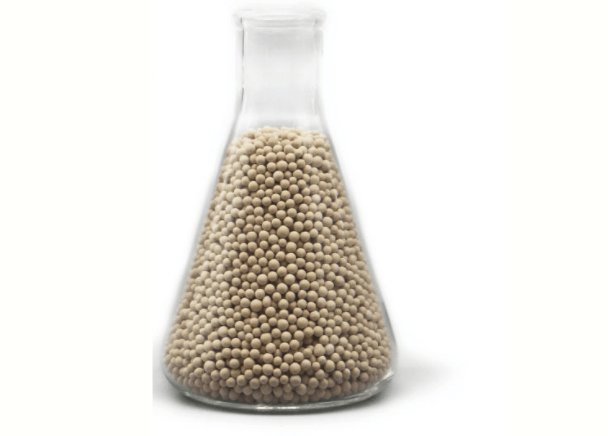
Molecular sieve
Molecular sieves are often utilized in the petroleum industry, especially for drying gas streams. For example, in the liquid natural gas (LNG) industry, the water content of the gas needs to be reduced to less than 1 ppmv to prevent blockages caused by ice.
In the laboratory, molecular sieves are used to dry solvent. "Sieves" have proven to be superior to traditional drying techniques, which often employ aggressive desiccants.
Under the term zeolites, molecular sieves are used for a wide range of catalytic applications. They catalyze isomerisation, alkylation, and epoxidation, and are used in large scale industrial processes, including hydrocracking and fluid catalytic cracking.
They are also used in the filtration of air supplies for breathing apparatus, for example those used by scuba divers and firefighters. In such applications, air is supplied by an air compressor and is passed through a cartridge filter which, depending on the application, is filled with molecular sieve and/or activated carbon, finally being used to charge breathing air tanks.Such filtration can remove particulates and compressor exhaust products from the breathing air supply.
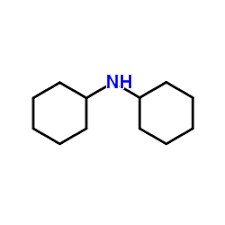
Dicyclohexylamine (DCHA)
CAS NO. 101-83-7
Molecular Formula: C12H23N
Appearance :Colorless Clarity Liquid
Vapour Pressure: 1.6kPa/37.7℃
Flashing Point :96℃
Melting Point: -2℃
Boiling Point :255.8℃
Density:0.91
Hazard Identification:Alkaline Corrosion, Inflammable
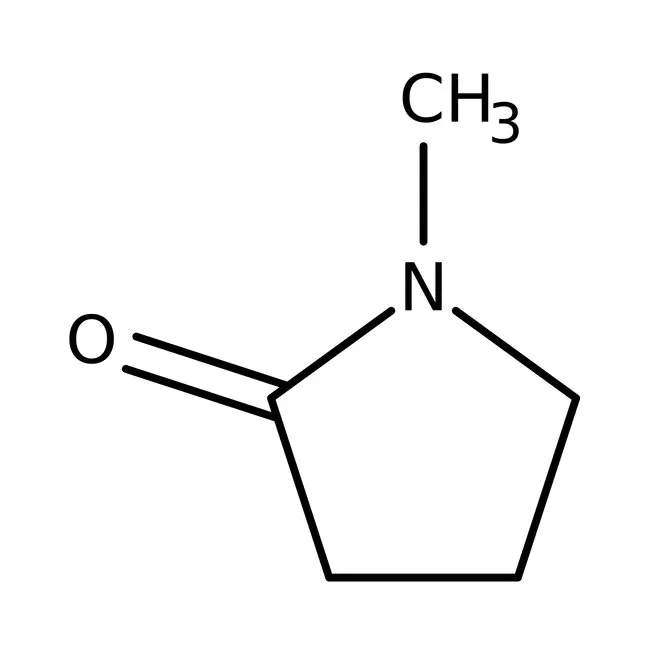
N-Methyl-Pyrrolidone (NMP)
CAS NO. 872-50-4
Molecular Formula :C5H9NO
Appearance: Colorless Clarity Liquid
Vapour Pressure: <0.13kPa(20ºC)
Flashing Point: 86℃
Melting Point: -24℃
Boiling Point: 202℃
Density: 1.028-1.035
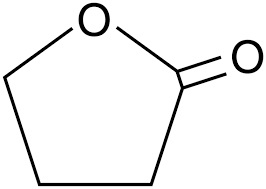
γ-Butyrolactone (GBL)
CAS NO. 96-48-0
Molecular Formula: C4H6O2
Appearance: Colorless Clarity Liquid
Vapour Pressure: 2.0kPa/20℃
Flashing Point :98℃
Melting Point :-44℃
Boiling Point :204℃
Density: 1.128

Clohexylamine
CAS NO. 108-91-8
Molecular Formula: C6H13N
Appearance :Colorless Clarity Liquid
Vapour Pressure: 1.17kPa/25℃
Flashing Point :32℃
Melting Point :-17.7℃
Boiling Point :134.5℃
Density: 0.86
Hazard Identification :Alkaline Corrosion, Inflammable

Clohexylamine
CAS NO. 1310-65-2
Molecular Formula: LiOH.(H2O)n
Appearance :Hygroscopic white solid
Vapour Pressure: 4.76 wt. % (2.09 molal)
Flashing Point :Non-flammable
Melting Point :462 °C(864 °F;735 K)
Boiling Point :924 °C (1,695 °F; 1,197 K) decomposes
Density:1.46 g/cm3 (anhydrous)
1.51 g/cm3 (monohydrate)
Hazard Identification :Corrosive
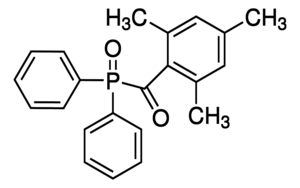
Photoinitiators
Photoinitiators are compounds that produce radicals when exposed to UV light. These then react with monomers and / or oligomers to initiate polymer chain growth. They are essential ingredients of all UV-curable adhesives, inks and coatings.
Free radical UV photoinitiators can be classified into Norish type I and II initiators.
Norish type I initiators are typically compounds containing benzoyl groups. The carbonyl group of the initiator absorbs a photon and is transformed into an excited state. Subsequent homolytic cleavage of the excited α-carbon bond produces two radical fragments.
"As a core member of BCC, AHCT Group has the business ability and reputation recognized by the global international moving industry, and enjoys a high reputation and reputation in the industry."

Partners of AHCT Group
AHCT Group has long-term commercial cooperation with a number of industry-leading experts, and has the knowledge and experience to solve any logistics challenges that customers may face.
Tel: +44 1164 030188
Address: Unit 7, Cornwall business centre, Cornwall Road, Leicester. LE18 4XH
Email: info@ahctgroup.co.uk
Address: Foxholes Road, Leicester, Leicestershire LE3 1TH
Email: info@ahctgroup.co.uk
Contact Us
We will get back to you as soon as possible
Please try again later